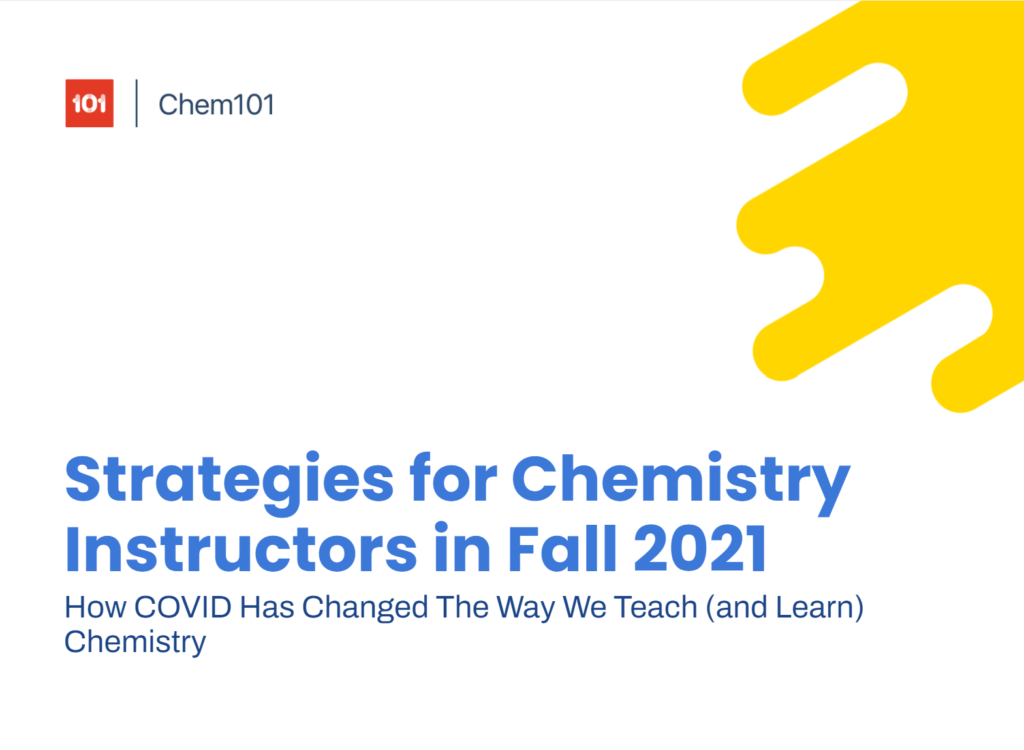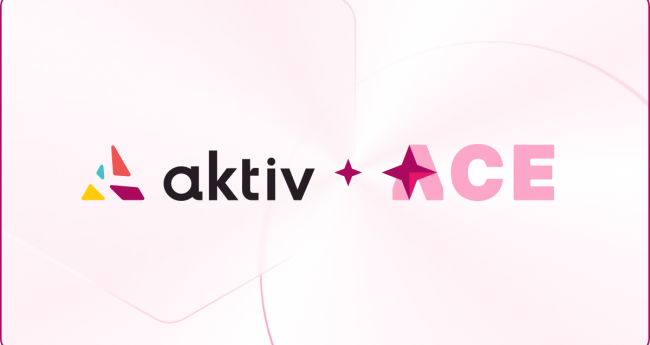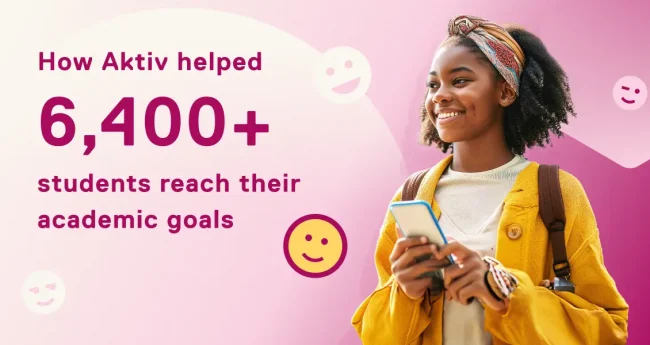It’s no secret that last year’s abrupt shift to remote learning left many students and instructors struggling to adapt. Both groups faced a plethora of unique challenges ranging from loss of lab time and increased knowledge gaps to learning loss and loss of engagement.
As a result, the level of mastery students attained in their courses during the pandemic, and how much retention they’ll demonstrate as we return to the classroom remains to be seen. Which begs the question: how can chemistry instructors set themselves (and their students) up for success with a new school term around the corner and so much uncertainty still in the air?
Challenges going into Fall 2021
With so much uncertainty surrounding vaccinations, the ever-present threat of new variants, and the overall health risks associated with in-classroom learning, instructors are having to adapt at breakneck speed. This can mean abrupt changes to curriculum planning or having to plan for sudden changes in teaching models on short notice.
As a result of this unprecedented strain on educators, one in four instructors surveyed indicated they were considering leaving the field by the end of the 2020-2021 school year. For advanced college courses like chemistry that require specialized knowledge to teach, this may leave students and institutions with a shortage of qualified instructors at the last minute.
From the students’ point of view, many are caught at the intersection of wanting to keep themselves and their loved ones safe by staying home, while struggling with the many limitations that presented themselves during a year of remote learning. Staying home may also mean sacrificing their level of mastery for many reasons (access or familiarity with technology, difficulty staying engaged, etc).
Chemistry instruction has changed
Teaching in 2021 means there are more options than ever for remote teaching (Zoom, Microsoft Teams, and Google Classroom to name a few). However, while these tools are certainly well-suited to remote meetings, they tend to lack the type of functionality that aids in teaching highly conceptual (and technical) subjects like chemistry.
Fortunately, one of the most beneficial changes to present itself over the last 12 months has been the rise of new educational technologies. Beyond the basic remote access tools, new technologies that focus specifically on active learning and skill-building have been rapidly developing and can only improve going forward. This presents a whole new set of opportunities to help bridge learning gaps and engage students in more effective ways.
Opportunities moving forward
Teaching in 2021 means being prepared to identify and overcome student knowledge and learning gaps while baking flexibility and adaptability into your course plan. It also means using chemistry-focused, student-centered educational technology tools, like Aktiv Chemistry, to offer students actively engaging content, concept visualization, and practice.
Finally, instructors who build out their courses with a student response system that can work both in-person and online will be ahead of the curve and ready for any possibility.
Read the Free eBook
If you’d like to learn more and transform the way you teach (and your students learn) chemistry, download the guide, “Strategies for Chemistry Instructors for Fall 2021.”






